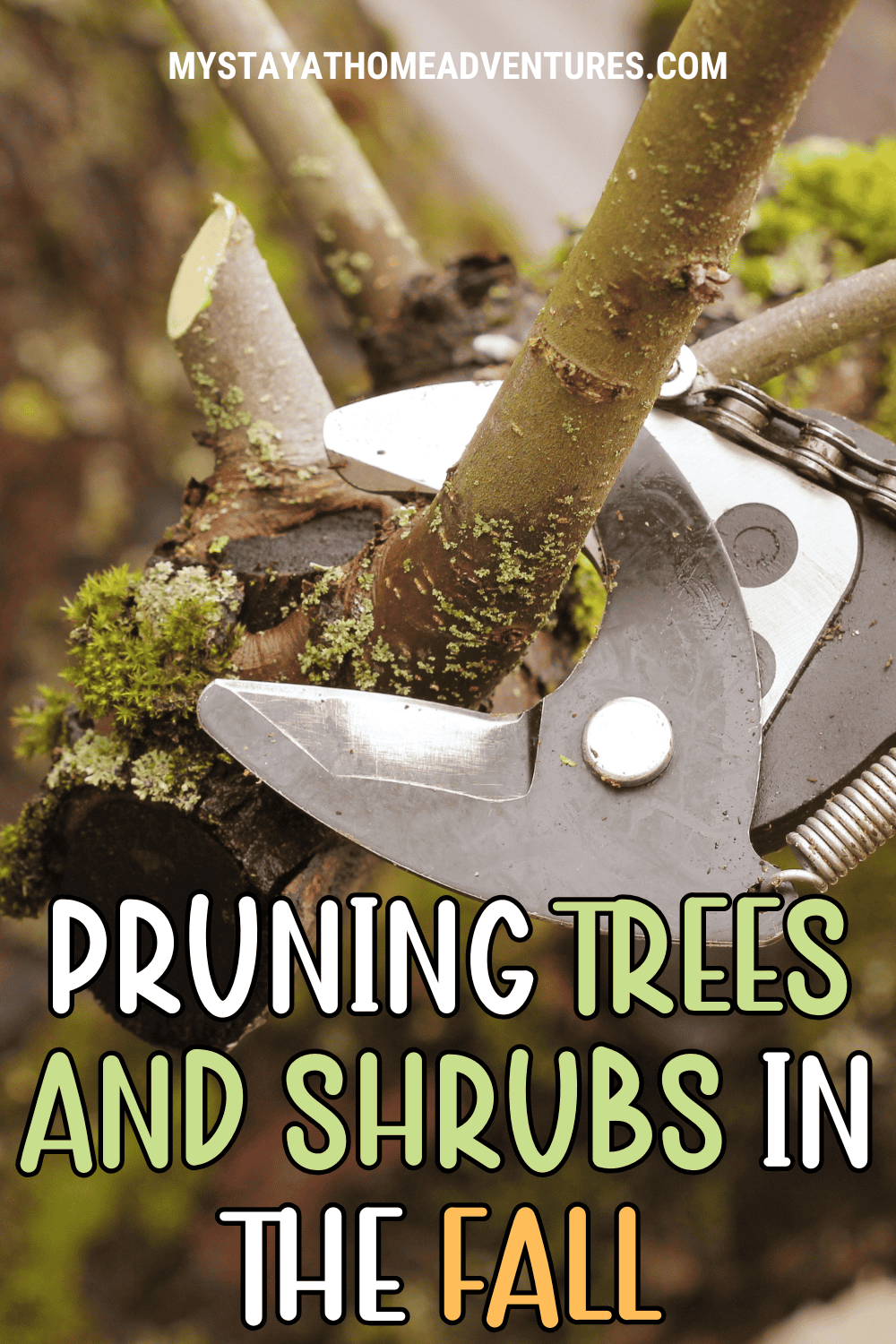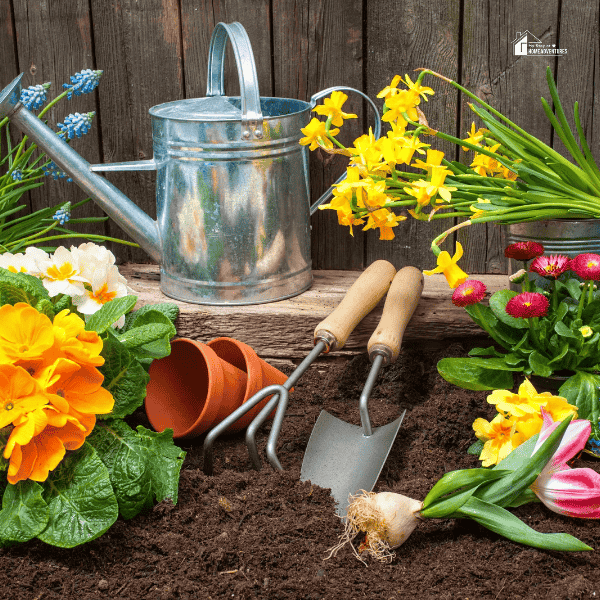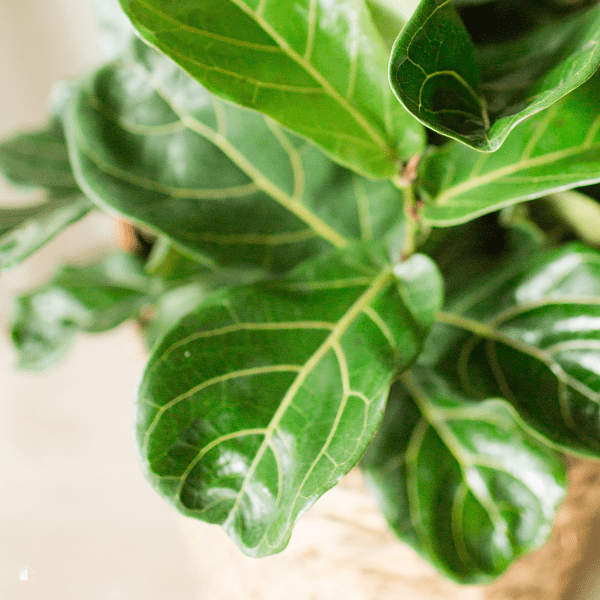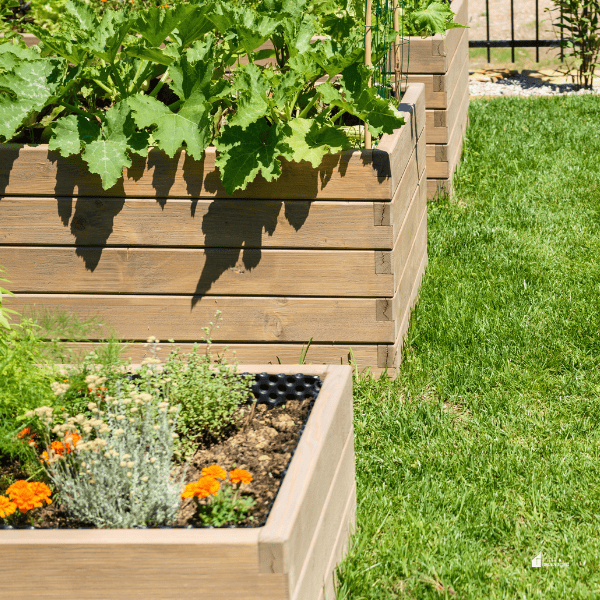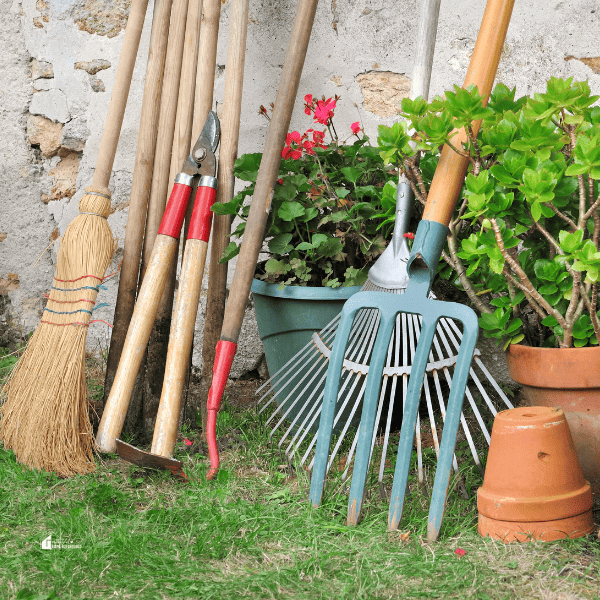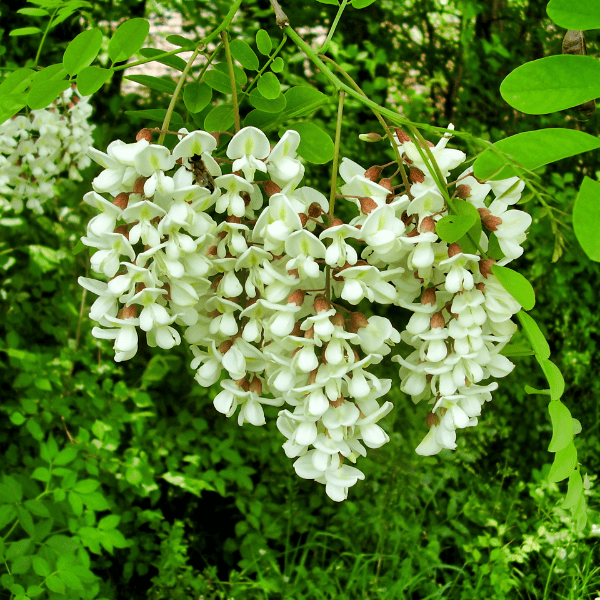Pruning Trees and Shrubs in the Fall: What You Need to Know
This post may contain affiliate links which might earn us money. Please read my Disclosure and Privacy policies herePruning trees and shrubs may not always seem a top priority when juggling everything from the grocery budget to tidying the house. However, learning how to prune your plants properly can save you time and money if you enjoy having a beautiful garden without spending a fortune. It may seem daunting at first, but fall pruning is critical to maintaining a healthy and beautiful home garden. With just a little effort and a few essential tools, you can set your trees and shrubs up for long-term success, ensuring they thrive year after year.
Here’s everything you need to know about pruning trees and shrubs in the fall.
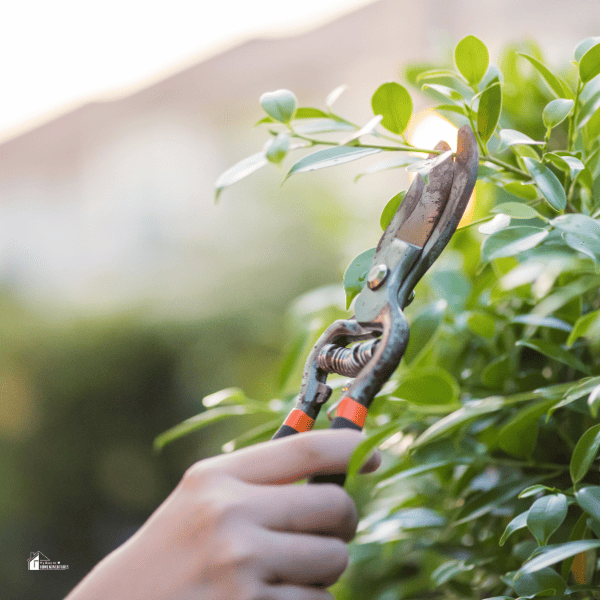
Why Fall is a Good Time to Prune
While spring is often considered the gardening season, fall can be an ideal time for pruning, especially for trees and shrubs that have become overgrown during the summer. The cooler temperatures in autumn help reduce plant stress, and pruning before winter helps them grow more vigorously when the warmer weather returns. Moreover, with leaves starting to fall, it’s easier to see the structure of your trees and shrubs, making it more straightforward to identify branches that need attention.
However, timing is critical when pruning in the fall. You don’t want to prune too early, as it may encourage new growth that won’t have time to harden before the first frost, making the plant vulnerable. Aim to prune after the first frost once plants have entered their dormant state.
Benefits of Pruning in the Fall
For frugal moms who are always looking for smart ways to save, pruning in the fall offers several benefits that contribute to both the beauty and longevity of your garden.
Healthier Plants
Pruning removes dead or diseased branches, helping prevent disease spread and improving the plant’s overall health. This means fewer costly plant replacements or treatments down the road.
Improved Appearance
A well-pruned tree or shrub looks neater and more cared for, enhancing the overall aesthetic of your home gardening efforts. You don’t need a professional landscaper when a little fall pruning can go a long way.
Better Air Circulation and Sunlight
Removing excess branches improves airflow and light penetration, encouraging healthy growth and reducing the risk of fungal diseases.
Stronger Growth in Spring
Pruning in the fall encourages stronger and healthier growth in the following spring, as it redirects the plant’s energy from supporting damaged or excessive branches to producing healthy new shoots.
These benefits contribute to a more resilient garden, ultimately saving you time, money, and effort in the long run.
Tools You’ll Need
Before you get started with your fall pruning, it’s essential to have the right tools. Investing in quality tools can save you money in the long term since they will last longer and make your work easier. However, you don’t need to spend much upfront, especially if you’re just starting. Here are the basics.
- Pruning Shears: These are small hand-held cutters, perfect for trimming small branches and shaping shrubs. Look for a pair with a comfortable grip to reduce hand fatigue.
- Loppers: These long-handled tools allow you to cut thicker branches with more force. They’re a good investment if you have larger shrubs or trees to prune.
- Pruning Saw: For branches that are too thick for loppers, a pruning saw will come in handy. These are small, curved saws that cut through wood with ease.
- Gloves: Protect your hands from sharp branches and thorns by wearing a durable pair of gardening gloves.
Once your tools are ready, the next step is understanding the best techniques for pruning your trees and shrubs.
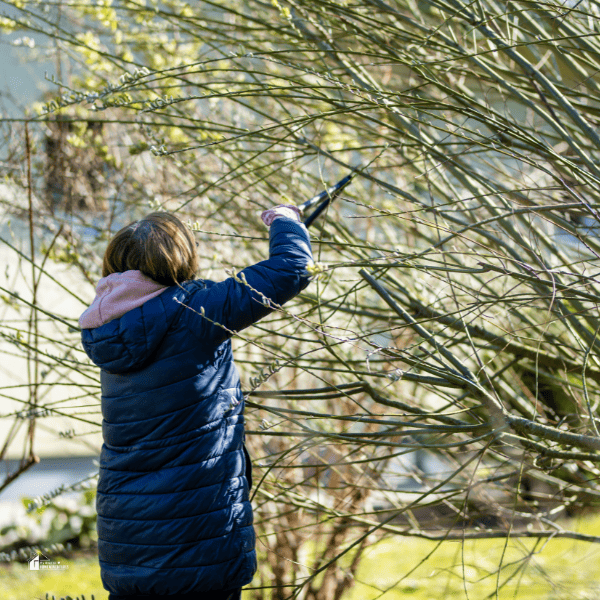
Preparing the Ground for Pruning
Before you start pruning, laying down a layer of landscape fabric beneath the tree or shrub is helpful. This can catch falling branches, leaves, and debris, making it easier to clean up once you’re done. Landscape fabric can also help prevent weeds from popping up around the base, giving your pruned plants neat by the base.
This simple step can make a big difference in preserving the health of your garden through winter.
Basic Pruning Techniques
Pruning doesn’t have to be complicated, especially when you break it down into a few simple techniques. Understanding how and where to cut can make all the difference in your plant’s health and appearance. Here are some key steps to follow.
- Remove Dead, Damaged, Or Diseased Branches First: This is the most important part of pruning, as dead or diseased branches can harm the rest of the plant. Cut these branches back to the main trunk or a healthy lateral branch.
- Thin Out Crowded Areas: Trees and shrubs that are too dense can suffer from poor air circulation, leading to disease. Remove some of the inner branches to open up the plant and allow more light and air to reach the center.
- Shape The Plant: Once the dead and crowded branches are removed, focus on shaping the plant. Follow its natural form, and avoid cutting more than 25-30% of the plant in one season to avoid stressing it.
- Make Clean Cuts: Always make clean, angled cuts just above a bud or lateral branch when pruning. This encourages the plant to heal quickly and prevents water from pooling on the cut surface, which can lead to rot.
Following these basic pruning techniques lets you keep your garden looking neat and healthy without paying for professional services.
Pruning Specific Types of Trees and Shrubs
Different types of trees and shrubs have different pruning needs. Here are some general tips for common plants you might have in your garden.
Deciduous trees
These trees lose their leaves in the fall, making it easier to see the structure. Remove dead or diseased branches first, then prune to shape the tree. Don’t prune too heavily, as this can weaken the tree over time.
Evergreen shrubs
These shrubs keep their leaves year-round and may require less pruning. Focus on removing dead or diseased branches and lightly shape the shrub to encourage healthy growth.
Flowering shrubs
For shrubs that flower on old wood (like lilacs), prune right after they finish blooming in the spring. For those that flower on new wood (like hydrangeas), you can prune in the fall to encourage growth in the following season.
Knowing your plants’ specific needs will help you avoid mistakes that could affect their health.
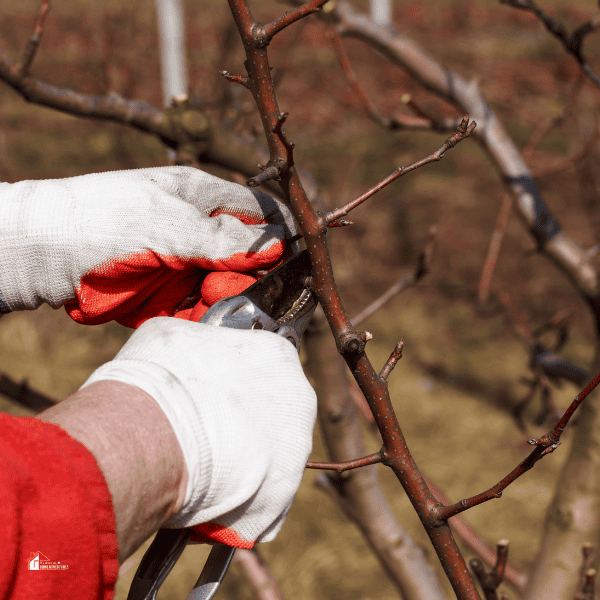
Using Pruned Materials in Your Home Garden
If you're the kind of frugal mom who loves to make the most of everything, you’ll be happy to know that the branches and leaves you prune can be reused in your garden. Instead of tossing them in the trash, here are a few creative ways to repurpose your garden waste.
- Mulch: Shredded branches and leaves make excellent mulch for your garden beds. Mulch helps retain moisture, suppresses weeds, and adds nutrients back into the soil as it decomposes.
- Compost: Add smaller branches and leaves to your compost pile. They will break down over time, enriching your soil for future gardening efforts.
- Plant Supports: Straight branches can support plants that need staking, like tomatoes or peas. This is especially helpful if you practice home gardening and want to avoid buying expensive garden stakes.
Repurposing your pruned materials reduces waste and saves you money on gardening supplies—perfect for a budget-conscious household!
Conclusion
Pruning trees and shrubs in the fall is a simple yet effective way to ensure your garden stays healthy, beautiful, and manageable—without breaking the bank. With the right tools, knowledge, and thoughtful planning, you can take control of your garden’s growth, saving money and creating a lush, inviting space for your family to enjoy year-round.
Whether you’re new to home gardening or a seasoned green thumb, fall pruning is a valuable skill that will help you create the garden of your dreams without overspending.
Embrace the process, and your garden will thank you come spring!
